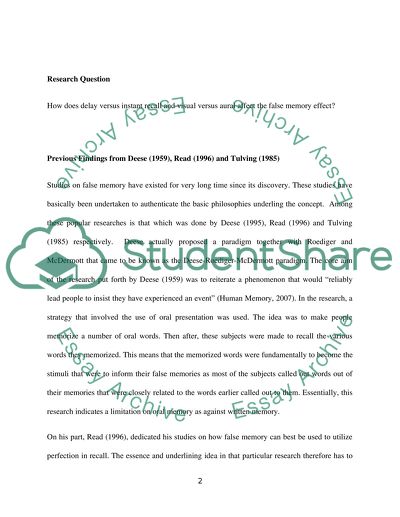Cite this document
(“Literature Review on False Memory Example | Topics and Well Written Essays - 1500 words”, n.d.)
Retrieved from https://studentshare.org/psychology/1452793-m2-false-memory
Retrieved from https://studentshare.org/psychology/1452793-m2-false-memory
(Literature Review on False Memory Example | Topics and Well Written Essays - 1500 Words)
https://studentshare.org/psychology/1452793-m2-false-memory.
https://studentshare.org/psychology/1452793-m2-false-memory.
“Literature Review on False Memory Example | Topics and Well Written Essays - 1500 Words”, n.d. https://studentshare.org/psychology/1452793-m2-false-memory.


